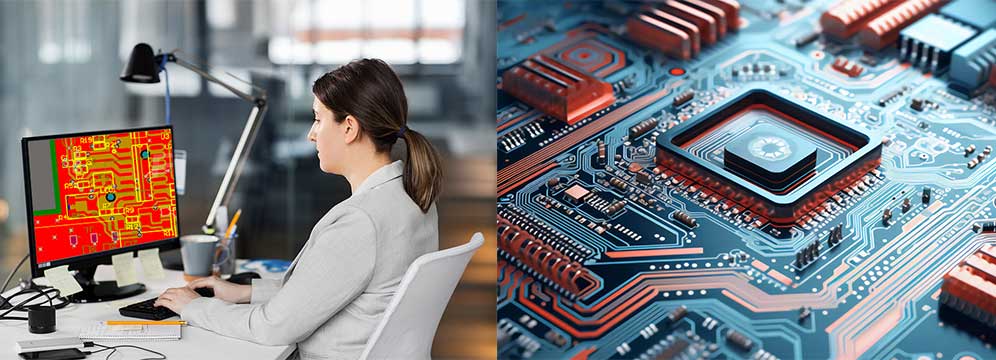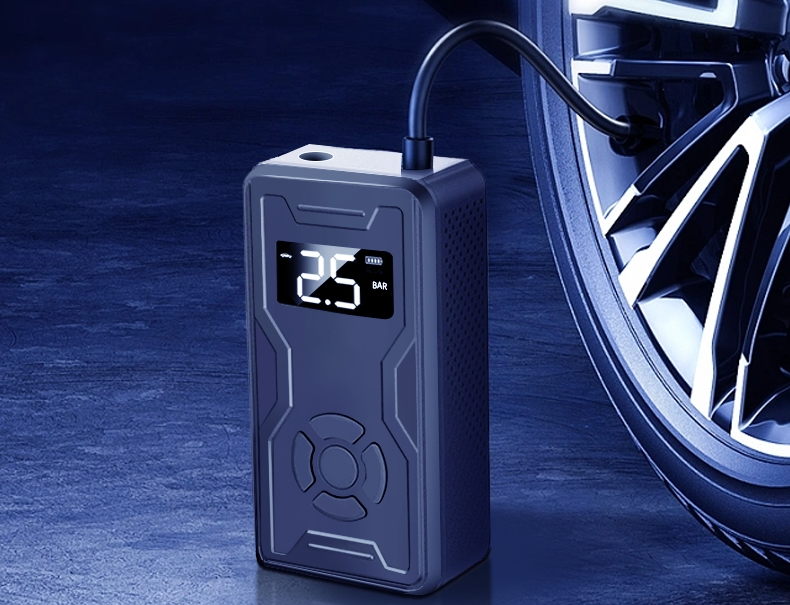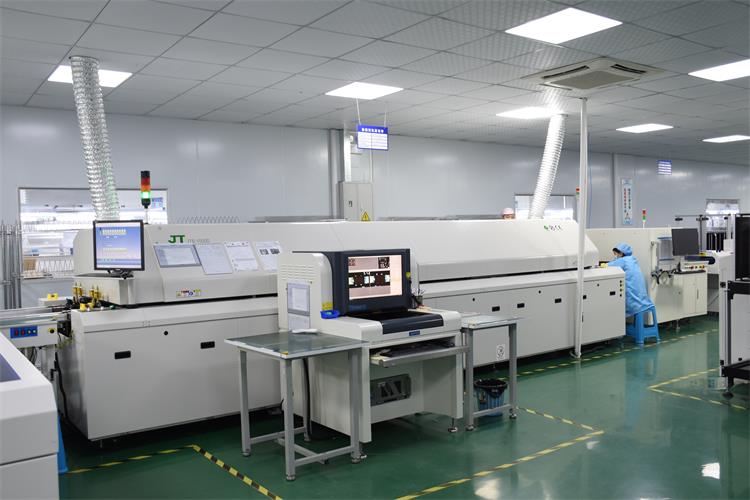What is PCBA Testing? Ensuring Quality in Electronics Manufacturing
In today’s fast-paced and competitive electronics industry, ensuring the quality and reliability of products is paramount. One of the critical processes in ensuring that electronic devices perform as expected is PCBA testing. But what exactly is PCBA testing, and why is it so important?

PCBA stands for Printed Circuit Board Assembly, which refers to the process of soldering electronic components onto a printed circuit board (PCB) to create a functional assembly. Once the PCBA is assembled, it needs to undergo various tests to confirm its functionality, reliability, and overall quality. These tests are essential in identifying defects or performance issues before the product reaches the consumer.
What is PCBA Testing?
PCBA testing refers to the series of tests performed on a PCB assembly to verify that all components are correctly installed, soldered, and functioning as intended. The primary goal is to identify any defects or problems that could affect the performance or reliability of the final product.
There are several types of PCBA tests that can be used depending on the complexity of the assembly and the required quality standards:

1、Visual Inspection
This is often the first and most basic form of testing. Technicians visually inspect the assembled PCBs to ensure that components are correctly placed and soldered. This step helps identify obvious issues like misplaced components, solder bridges, or insufficient solder joints.
2、In-Circuit Testing (ICT)
In-circuit testing is an automated process that checks the functionality of each component on the PCB. It uses a bed of nails or probes to make electrical contact with the board and test for correct component placement, resistance, capacitance, and continuity. This test is especially useful for detecting soldering defects and component faults.

3、Functional Testing
In functional testing, the PCBA is powered on, and its performance is evaluated under real-world operating conditions. The goal is to ensure that the PCB assembly functions correctly in the context of the entire system. For example, it may involve checking that sensors, microcontrollers, or communication modules are operating as expected.
4、Flying Probe Testing
Flying probe testing is a non-contact testing method that uses probes to test individual components on the board without the need for a physical test fixture. This method is highly versatile and is often used for low to medium-volume production runs, as it can be quickly set up and does not require the expensive tooling needed for other test methods.

5、X-Ray Inspection
For more complex PCBs, particularly those with multi-layer designs or fine-pitch components, X-ray inspection can be used to check the quality of solder joints beneath the surface. This method helps detect hidden defects like cold solder joints, insufficient solder, or misaligned components that may not be visible through traditional inspection methods.
6、Burn-In Testing
Burn-in testing involves running the PCBA under extreme conditions (e.g., high temperature or voltage) for an extended period to identify weak components that might fail prematurely. This test simulates real-world stress and ensures the longevity and reliability of the product.

Why is PCBA Testing Important?
1、Ensures Product Reliability
PCBA testing ensures that every component on the PCB is properly installed and functions as expected, reducing the likelihood of failures in the final product. Whether you're manufacturing consumer electronics, medical devices, or automotive components, product reliability is critical for customer satisfaction and safety.
2、Reduces Costs in the Long Run
By identifying defects early in the production process, PCBA testing helps reduce the need for costly rework or returns. Addressing issues before the product reaches the market minimizes the risk of faulty products causing financial and reputational damage.
3、Compliance with Industry Standards
Many industries, such as medical and automotive, have strict regulatory requirements and quality standards. PCBA testing ensures that your products meet these regulations and are safe for consumer use.
4、Improves Production Efficiency
The use of automated testing methods like ICT and flying probe testing increases testing speed and reduces human error. This helps manufacturers maintain high production throughput while ensuring quality control.
4、Enhances Customer Satisfaction
Customers expect products that work reliably over time. By ensuring the quality and functionality of PCBs through comprehensive testing, manufacturers can deliver products that meet or exceed customer expectations, leading to higher satisfaction and loyalty.

Conclusion
PCBA testing is a crucial step in the electronics manufacturing process. It helps ensure that every PCB assembly is functioning properly and meets the required quality standards before reaching consumers. With a variety of testing methods available, manufacturers can choose the best approach to ensure their products are reliable, cost-effective, and compliant with industry standards. In today’s competitive market, investing in thorough PCBA testing is an essential strategy for delivering high-quality, reliable products that customers can trust.
-
How to Reduce Signal Interference in PCB Design?
넶6 2025-02-10 -
Wave Soldering: Advantages and Disadvantages
넶29 2025-01-06 -
How do you handle PCBA?
넶15 2024-12-23 -
PCBA Layout vs PCB Layout: Key Differences from Design to Assembly
In the manufacturing of modern electronic products, both PCB (Printed Circuit Board) and PCBA (Printed Circuit Board Assembly) play crucial roles. Within the design process, PCB Layout and PCBA Layout are two important concepts. While they share some similarities, there are significant differences in their applications and importance.
넶10 2024-11-20 -
Exploring the Future: The Innovative Features of Portable Air Pumps!
As technology continues to progress, portable air pumps are rapidly evolving to become smarter, more convenient, and multifunctional. Curious about the surprises that future portable air pumps might bring? Join us on this exciting journey of discovery!
넶14 2024-11-04 -
Exploring Reflow Soldering Technology in SMT Processes and Its Advantages
As market demand for high-quality electronic products continues to grow, the importance of SMT and reflow soldering technologies becomes increasingly prominent. These processes not only enhance production efficiency but also ensure product consistency and reliability. By continually optimizing these workflows, companies can maintain a competitive edge in an intense market landscape.
넶10 2024-11-02



















